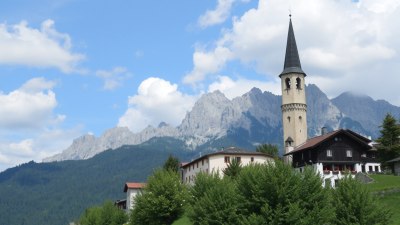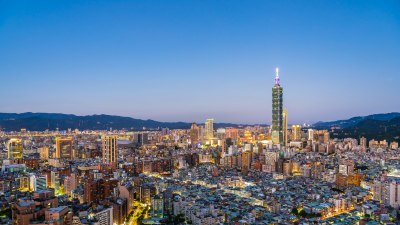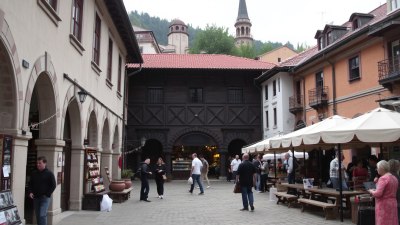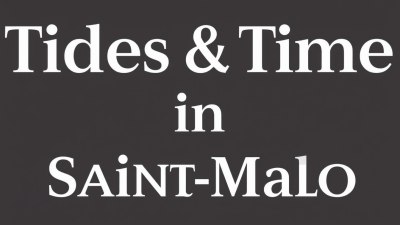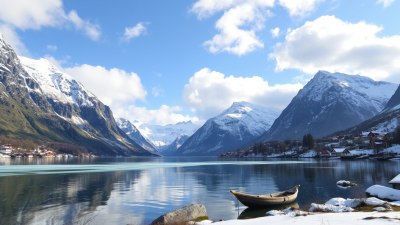Why You Should Always Talk to Locals Before Following Google Maps
Avoid travel mishaps and discover hidden gems by asking locals instead of relying solely on apps

Image by mediaphotos on Freepik
Google Maps is a lifesaver when it comes to navigation, but it’s not always the best guide for travelers. While technology can get you from point A to point B, it often misses the nuances that only locals know—like road closures, scenic detours, or the best-hidden restaurants. Before blindly trusting your GPS, consider talking to a local first. Their advice could save you from a travel disaster or lead you to an experience that no map app could ever predict.
Google Maps Doesn’t Always Get It Right
Despite its convenience, Google Maps isn’t infallible. Roads change, landmarks disappear, and sometimes, the app directs you to places that no longer exist. Many travelers have ended up stranded on closed roads, directed into restricted areas, or taken on unnecessarily long routes.
Common Google Maps mistakes include:
- Suggesting roads that no longer exist or are under construction.
- Misidentifying businesses, leading travelers to abandoned locations.
- Sending drivers down rough, unpaved, or dangerous routes.
- Failing to update for local traffic conditions, causing unexpected delays.
Locals Know the Shortcuts and Scenic Routes
Locals are the best resource for finding efficient and beautiful routes that apps may not highlight. They know which roads get congested at certain times, where the best scenic drives are, and which detours can actually save you time.
Benefits of local advice:
- Finding scenic backroads that offer breathtaking views.
- Avoiding heavy traffic and common tourist bottlenecks.
- Discovering roads that aren’t marked on digital maps.
Hidden Gems Aren’t Always on the Map
Some of the best travel experiences happen when you step off the beaten path. Google Maps might show you the highest-rated restaurants, but locals can guide you to the small, family-run café that serves the best homemade meals. The same goes for secret beaches, quiet hiking trails, and cultural experiences that don’t show up on search results.
Local recommendations can lead to:
- Authentic food spots that aren’t overrun by tourists.
- Underrated attractions that aren’t widely advertised.
- Better deals on activities, accommodations, and experiences.
Language Barriers Can Make Maps Unreliable
In countries where you don’t speak the language, Google Maps might provide street names in English, while road signs are in the local language. This can lead to confusion, especially in areas with complicated naming systems. A quick chat with a local can save you from frustration and help clarify directions.
Google Maps Can Fail in Remote Areas
In cities, Google Maps works fairly well, but in rural or remote areas, it can be unreliable. Signal loss, outdated data, and missing roads are common issues. Locals, on the other hand, have firsthand experience navigating these areas and can guide you based on real conditions.
Situations where locals can help:
- Finding alternative routes in areas with weak GPS signals.
- Locating services like gas stations, restrooms, and safe places to stop.
- Understanding regional road conditions, such as seasonal closures or rough terrain.
How to Ask Locals for Directions
Not sure how to approach someone for directions? Here are some simple ways to ask for help without feeling awkward:
- Start with a friendly greeting before asking for directions.
- Point to your destination on a map if there’s a language barrier.
- Ask for landmarks instead of street names—they’re easier to recognize.
- Confirm with multiple people to ensure accuracy.
Balancing Tech and Local Knowledge
Google Maps is a great tool, but it works best when combined with local knowledge. Use it as a starting point, but don’t be afraid to ask locals for better routes, hidden gems, and real-time updates. By blending technology with human insight, you’ll get a richer and more authentic travel experience.
